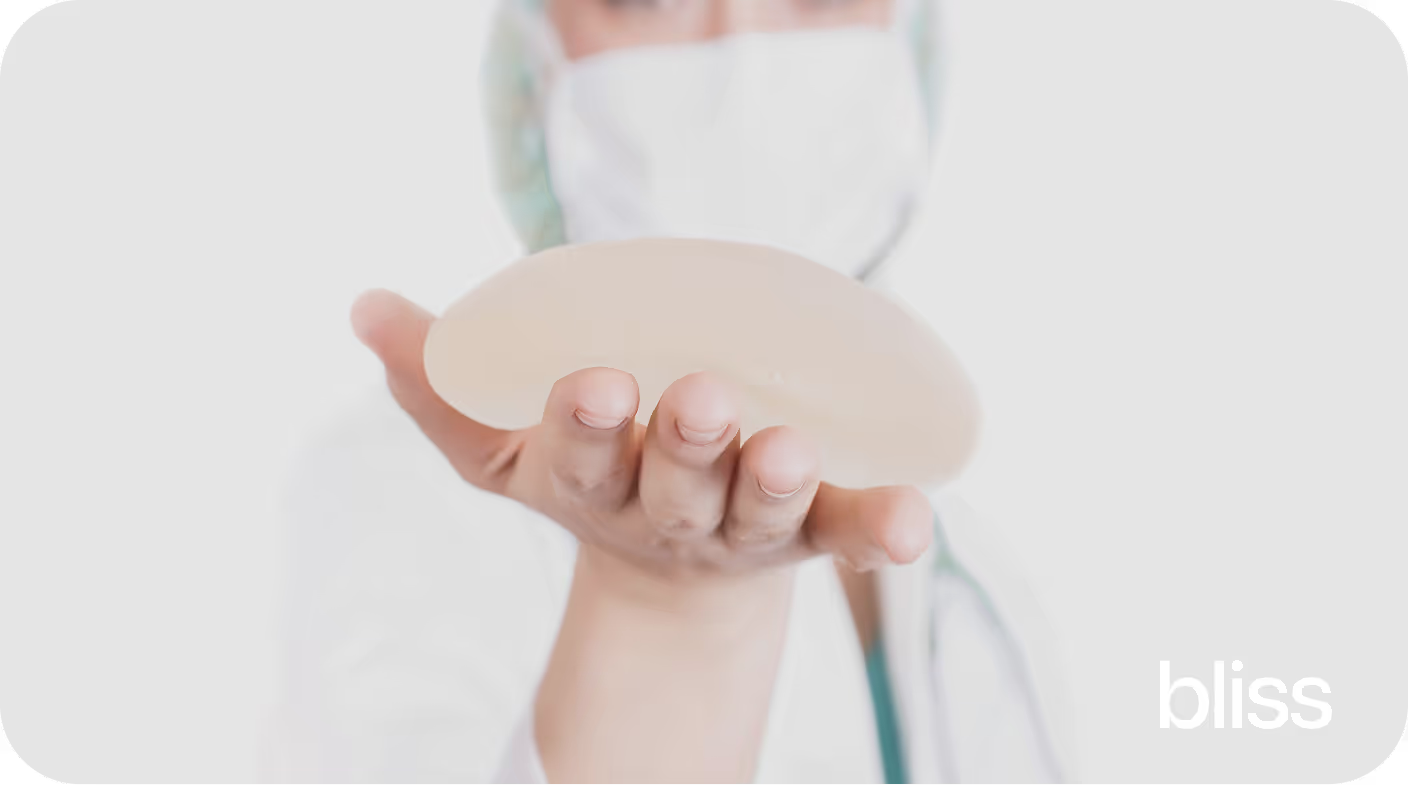How Breast Implants Change With Weight Fluctuation and Age

If you’re someone considering getting breast implants but unsure how they will grow with you, you’ve come to the right place.
Breast implants can enhance shape, volume, and confidence, but like any cosmetic procedure, they interact with the natural aging process and changes in body weight. Understanding how breast implants adapt to these shifts is important for setting realistic expectations, planning for longevity, and knowing when it might be time for a revision.
If you’re considering or already have implants, this guide will help explain what to expect over time. You’ll walk away knowing what really matters about breast augmentation so you can choose with confidence.
Understanding How Breast Implants Work
Let’s start off with the basics of it all. Breast implants are medical devices that enhance volume and form to the breasts.
The two most common forms are saline implants, which contain sterile salt water, and silicone implants, which contain a cohesive gel that resembles natural tissue. Implants can be inserted under the chest muscle (submuscular) or above the muscle but beneath the breast tissue (subglandular).
That said, the placement influences how natural the results appear, how the implants age with the body, and how changes in weight or skin elasticity affect the breasts over time.
Keep in mind, implants aren’t separate from your body; they work with your own tissue, skin, and muscles. As those naturally change with age or weight shifts, your breasts will change too.
The Impact of Weight Gain and Loss on Breast Implants
One of the biggest questions patients have is how weight gain or loss affects their implants. The answer lies in how body fat is distributed. Here’s a quick breakdown:
Weight Gain
Implants themselves don’t increase in size, but the surrounding fat and tissue can. For some women, this means fuller cleavage or a larger breast appearance overall. In others, the added fat distributes elsewhere, so changes may be less noticeable.
Weight Loss
Since breast tissue is partly made of fat, weight loss can reduce the natural tissue around the implant. This may make implants appear more prominent or create a less natural slope. Significant weight loss can also cause skin laxity, which may affect implant positioning.
In short, implants remain the same size, but the way they look depends on what’s happening with the tissue around them. Stable weight is one of the best ways to maintain consistent results over time.
How Aging Affects Breast Implants
Even without major weight changes, aging naturally affects how implants look and feel. Some ways it can affect the implants are by:
- Skin Changes: As we age, our skin thins and loses its elasticity, which can cause sagging. If the skin cannot adequately support the weight of the implants, sagging may become more noticeable.
- Muscle Tone: As we age, our chest muscles may weaken, affecting how well submuscular implants stay in place.
- Gravity: Implants, like natural breasts, are susceptible to gravity. They may eventually sit lower on the chest as the skin and tissue stretch.
- Capsular Contracture: This problem, in which scar tissue around the implant tightens, can develop years after surgery. It might make the breasts feel firmer or appear deformed.
None of these changes means implants “go bad,” but they do highlight the importance of monitoring implant health as part of your long-term plan.

Signs It Might Be Time for a Revision or Lift
Implants don’t last forever. While modern implants are durable and safe, most manufacturers estimate a lifespan of 10 to 15 years. Some last longer without issues, but eventually, many patients consider revision surgery. That said, some signs you may need to revisit your implants include:
- Asymmetry or uneven appearance between the breasts,
- Rippling or wrinkling visible under the skin,
- Implant displacement or “bottoming out”,
- Discomfort, pain, or hardness (possible capsular contracture),
- And changes in shape due to aging or weight loss.
Often, a revision includes exchanging the implants, performing a breast lift or both to restore a youthful, balanced look.
How to Maintain Breast Implant Results Long-Term
There are a few ways that you can maintain your results, such as:
- Maintain a stable weight.
- Wear supportive bras daily.
- Practice good posture.
- Schedule regular checkups and imaging.
- Follow healthy habits like a balanced diet, exercise, and hydration.
- Protect skin from sun damage.
- Avoid smoking to preserve firmness and longevity.
Let Bliss Guide You During Your Breast Implant Journey
Bliss matches you with trusted surgeons who can evaluate your unique situation and help guide you through every stage, from your first augmentation to long-term maintenance. Open your profile to start your journey with us..
FEATURE OF THE WEEK
Subscribe for cosmetic insights.
Get the latest in aesthetic innovation, support, and self-love straight to your inbox.











Lorem ipsum dolor sit amet, consectetur adipiscing elit. Suspendisse varius enim in eros elementum tristique. Duis cursus, mi quis viverra ornare, eros dolor interdum nulla, ut commodo diam libero vitae erat. Aenean faucibus nibh et justo cursus id rutrum lorem imperdiet. Nunc ut sem vitae risus tristique posuere. uis cursus, mi quis viverra ornare, eros dolor interdum nulla, ut commodo diam libero vitae erat. Aenean faucibus nibh et justo cursus id rutrum lorem imperdiet. Nunc ut sem vitae risus tristique posuere.
DeleteLorem ipsum dolor sit amet, consectetur adipiscing elit. Suspendisse varius enim in eros elementum tristique. Duis cursus, mi quis viverra ornare, eros dolor interdum nulla, ut commodo diam libero vitae erat. Aenean faucibus nibh et justo cursus id rutrum lorem imperdiet. Nunc ut sem vitae risus tristique posuere. uis cursus, mi quis viverra ornare, eros dolor interdum nulla, ut commodo diam libero vitae erat. Aenean faucibus nibh et justo cursus id rutrum lorem imperdiet. Nunc ut sem vitae risus tristique posuere.
Delete